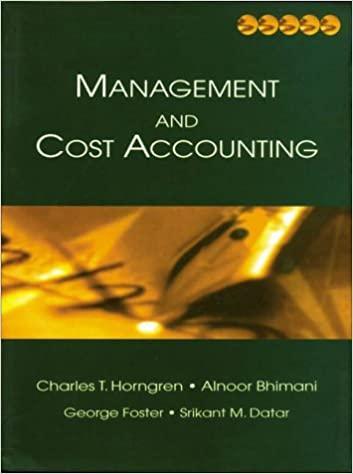Required information [The following information applies to the questions displayed below.) Laker Company reported the following January purchases and sales data for its only product. The Company uses a perpetual inventory system. For specific identification, ending inventory consists of 240 units from the January 30 purchase, 5 units from the January 20 purchase, and 15 units from beginning inventory. Units sold at Retail 120 units Date January 1 January 10 January 20 January 25 January 30 Units Acquired at Cost 160 units e $ 8.50 - $ 1,360 100 units $ 7.50 - 750 $ 17.50 Activities Beginning inventory Sales Purchase Sales Purchase Totals 120 units e $ 17.50 240 units 500 units $. 7.00 - 1,680 $ 3,790 240 units Required: 1. Complete the table to determine the cost assigned to ending inventory and cost of goods sold using specific identification. 2. Determine the cost assigned to ending inventory and to cost of goods sold using weighted average. 3. Determine the cost assigned to ending inventory and to cost of goods sold using FIFO. 4. Determine the cost assigned to ending inventory and to cost of goods sold using LIFO. Complete this question by entering your answers in the tabs below. Specific Id Weighted Auaran FIFO LIFO rchandise Inventory Swed Help Sa Required information Complete this question by entering your answers in the tabs below. Specific Id Weighted Average FIFO LIFO Complete the table to determine the cost assigned to ending inventory and cost of goods sold using specific identification Specific Identification Cost of Goods Sold Available for Sale Purchase Date Ending Inventory Cost Per Unit Ending Inventory. Cost of units # of units Activity Cost Per Unit Cost Per Unit Ending Inventory. Units COGS sold January 1 January 20 January 30 Beginning inventory Purchase Purchase 160 100 240 500 Weighted Average > 24.312 DCE erchandise Inventory Seved He Required information Complete this question by entering your answers in the tabs below. Specific Id Weighted Average FIFO LIFO Determine the cost assigned to ending inventory and to cost of goods sold using weighted average. (Round cost per unit to 2 decimal places. Goods Purchased Weighted Average...Perpetual: Cost of Goods Sold Inventory Balance Date # of units Cost per Cost per unit # of units sold unit Cost of Goods Sold #of units Cost per unit Inventory Balance 160 at $ 8.50 = $ 1,360.00 January 1 January 10 January 20 Average cost January 20 January 25 January 30 Totals 4 Required information Determine the cost assigned to ending inventory and to cost of goods sold using FIFO. of 3 Perpetual FIFO Cost of Goods Sold # of units Cost per Cost of Goods sold unit Sold Goods Purchased Cost per # of units unit Date Inventory Balance # of units Cost per unit Inventory Balance 160 at $ 8.50 = $ 1,360.00 January 1 Dok January 10 int January 20 ences Total January 20 January 25 Total January 25 January 30 Totals Required information Determine the cost assigned to ending inventory and to cost of goods sold using LIFO. Perpetual LIFO: Cost of Goods Sold # of units Cost per Cost of Goods sold unit Sold Date Goods Purchased Cost per # of units unit Cost per # of units Inventory Balance Inventory Balance unit $ 8.50 = $ 1,360.00 January 1 160 at January 10 January 20 Total January 20 January 25 Total January 25 January 30 Totals











